Description
This is a high quality facsimile of Aircraft Welding by Colonel Rollen H. Drake, originally published in 1947.
This book contains all the information and instruction needed to fulfill the welding requirements for an aircraft mechanic’s license in 1947. Its detailed information on every aspect of this work will also make this book useful for reference by welders on the job. It is clearly written in non-technical language which anyone can understand.
The theory underlying the production of a successful weld is explained in simple language, with much useful information on the properties and characteristics of the different metals and alloys, the particular uses of each main type of metal and its alloys, its reaction to heat treatment, etc.
Every type of welding used on aircraft is covered, with step-by-step instruction on the construction of welded rudders, stabilizers, engine mounts and the other welded parts of an airplane. There is detailed instruction on the techniques of setting up and operating welding equipment. The special techniques used for each of the different metals and their alloys are taken up separately, with full information on each; and the making of approved welded joints is thoroughly explained and illustrated.
Detection of flaws and faulty welds is emphasized. Thus, it is shown not only how to make a good weld, but also how to avoid making a bad one. Full details are also given on welded repairs, explaining all types of repairs approved under the Civil Aeronautics Administration.
Useful chapters on related matters such as technical drawings for welds and the reading of blueprints, on safety practices which should be followed by the welder, and on the vocabulary of welding are included, making this book complete in every way as a text and manual for students or for professional aircraft welders.
The book is illustrated with 350 detailed drawings and photographs which graphically show all the materials, tools, and techniques described in the text. There are also tables of useful data on such matters as the properties of metals and alloys, standards for testing, the composition of commercial alloys, etc.
About Colonel Rollen H. Drake:
He is particularly well qualified to give instruction in aircraft work. During World War II he served as Chief of the Airman Agency United of the Civil Aeronautics Administration under which all CAA approved ground schools operated. He also served as Senior Technical Examiner for the United States Civil Service Commission. In addition, he had wide experience in teaching technical and vocational work in aviation ground schools and in high schools and vocational schools.
Chapters
General Properties of Metals
Iron and Iron Alloys
Aluminum and Aluminum Alloys
Principal Metals Used in Aircraft Structures and Their Identification
Heat Treatment
Glossary of Terms Used in Aircraft Welding
Technical Drawings
Methods of Welding
General Safety Practices
Gases Used in Welding
Welding Equipment
How to Set Up Welding and Cutting Equipment
Flames Used in Welding and Cutting
Fundamentals and Technique of Welding
Cleaning and Finishing Welded Joints
Joints Used in Aircraft Welding
Testing Welded Joints
Welding Iron Alloys
Welding Typical Joints
Welding Steel Plate
Oxy-Acetylene Cutting
Welding Aluminum and Aluminum Alloys
Brazing, Bronze Welding, and Soldering
Welding Copper and Copper Alloys
Welding of Castings
Welding Corrosion Resistant Alloys
Hard Surfacing
Construction of a Welded Rudder
Construction of a Welded Stabilizer
Construction of a Welded Vertical Fin
Construction of a Section of a Welded Tube Fuselage
Construction of a Welded Engine Mount
Welded Repairs to Aircraft
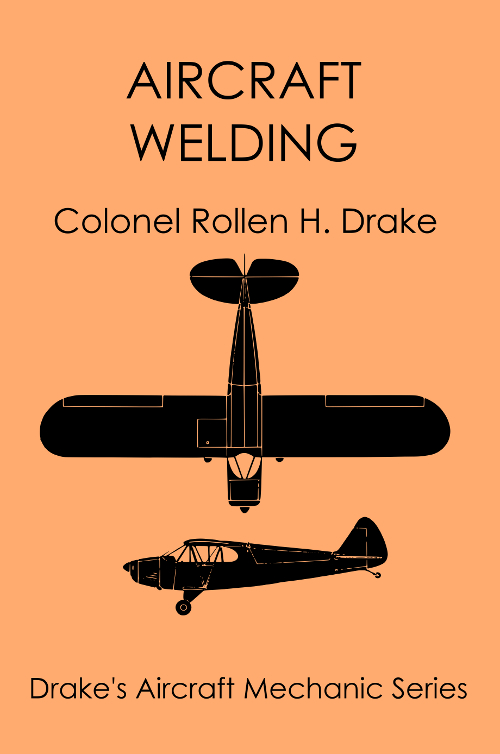
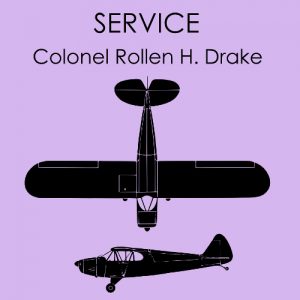
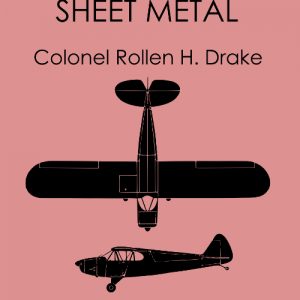
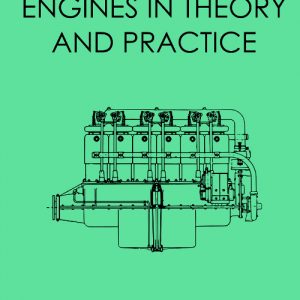
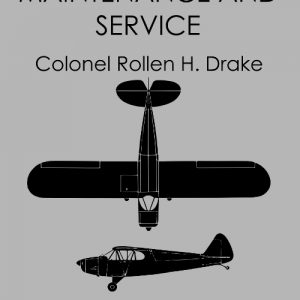
Reviews
There are no reviews yet.